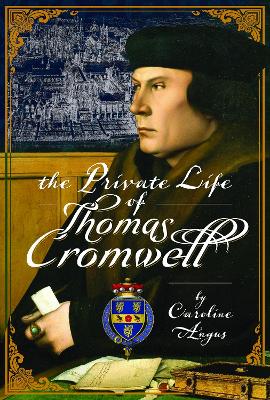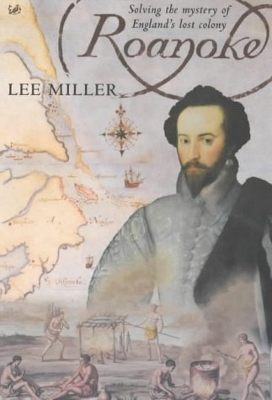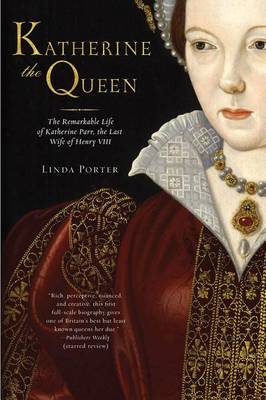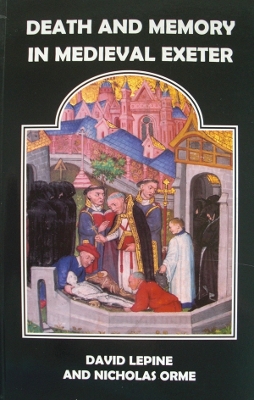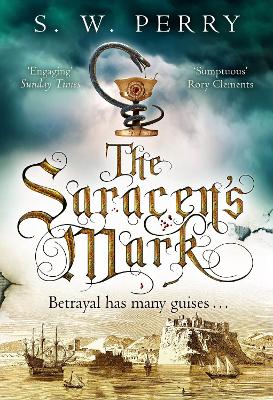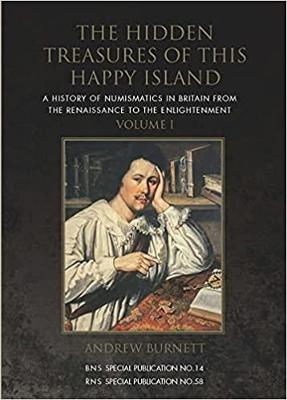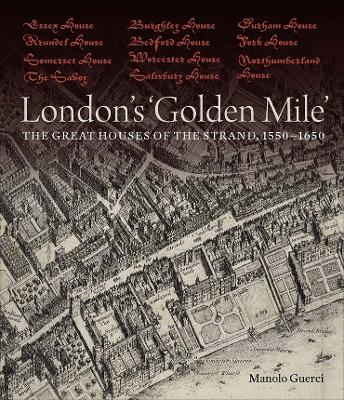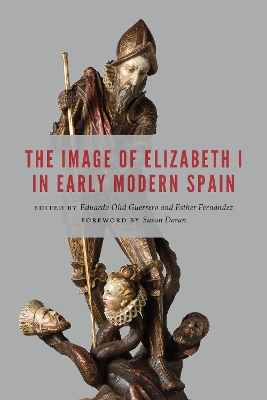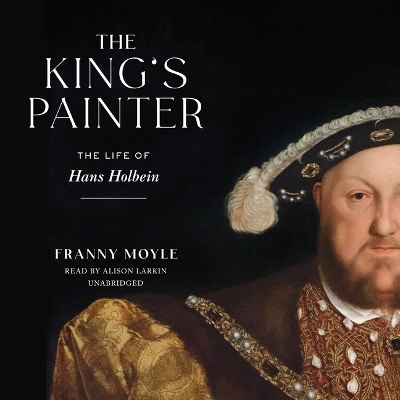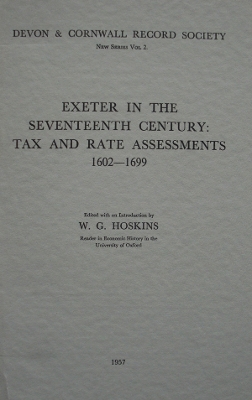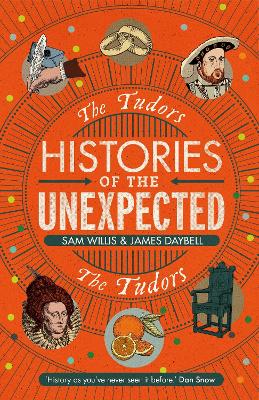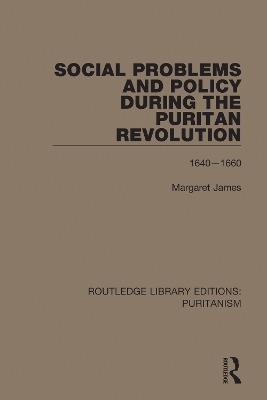Thomas Cromwell was King Henry VIII's most faithful servant, the only man the king ever openly regretted executing. But Thomas Cromwell came to royal prominence late in life, and had 45 years of family, friends and experiences behind him before catching Henry's eye. Born a common boy at a time of significant change in England in 1485, Cromwell grew up in a happy, close-knit family, before heading to Europe for dramatic adventures. Returning to England a decade later, Cromwell emerged with the s...
This famous book by a celebrated historian recounts the life of the unlikely revolutionary hero and favourite of Emperor Charles V, William Prince of Orange, who mobilised the legendary group of rebels known as the Beggars to fight the imperial forces of Spain. William's life and exploits reveal him as an inspiring symbol of moral and political force in an age when ideology and intolerance were the rule.
THE REAL GAME OF THRONES... The Wars of the Roses were a prolonged brawl over an inheritance by a deeply dysfunctional extended family. The inheritance in question was the throne of England; the story is one of unbridled ambition and murderous treachery. From the 1450s, when the mentally unstable Henry VI struggled to control the violent feuding of his magnates, through the rise and fall of Richard of York, to the chaos and bloodshed of the 1470s which followed Edward IV's accession and his se...
November 1587. A report reaches London that Sir Walter Raleigh's expedition, which has left England months before to land the first English settlers in America, has foundered. Something has gone very wrong and the colony - 116 men, women and children - are in trouble. There will be no rescue: before help can reach them, all will vanish without trace.Were the Lost Colonists the victims of accident or of deliberate sabotage? Did they starve to death for lack of supplies or were they murdered by In...
This book forms a continuation of the research published in Medieval Parks, Anne Rowe's highly regarded volume of 2009. Now she turns her attention to the deer parks that existed in Hertfordshire during the sixteenth and early seventeenth centuries. Drawing on the earliest county maps, most notably those produced by Saxton in 1577 and Norden in 1598, and both State papers and estate records, Anne Rowe builds a detailed picture of Hertfordshire's Tudor and Early Stuart parks. At least 60 parks e...
Henry VII's London in the Great Chronicle (Teams Documents of Practice)
The general perception of Katherine Parr, the sixth and last wife of Henry VIII, is that she was a provincial nobody with intellectual pretensions who became queen of England because the king needed a matronly consort to nurse him as his health declined. In the various studies of the six wives of Henry VIII she receives much less attention than Katherine of Aragon or Anne Boleyn. Her main achievement, in the famous rhyme about Henry's six wives, is that she 'survived'. Yet the real Katherine Par...
Plague, Flood and Gewgaws: Wisbech and the Fens in Tudor and Stuart Times
by Diane Calton Smith
Death and Memory in Medieval Exeter
by David Lepine and Nicholas Orme
Death, burial, and the commemoration of the dead have been much studied by historians in recent years, but far less has been done to make available the sources on which these studies are based. This book sets out to fill the gap with an anthology of the rich and varied evidence that survives from the medieval city of Exeter. It begins with a history of burial practices in the city: where people were buried and why. This is followed by an edition of theonly remaining local burial list, relating t...
This book looks at the life, activities and achievements of William, 1st Baron Sandys, Knight of the Garter. It is the story of a Hampshire man who, during the reigns of Henry VII and Henry VIII, achieved prominence from a relatively modest but well-connected position. He was very close to the centres of power throughout most of his life and was inevitably involved in the political and religious issues of the time. His relationships with Henry VIII, Catherine of Aragon, Anne Boleyn, Cardinal Wol...
From the CWA Historical Dagger Award-nominated author of The Angel's Mark in 2019 and The Serpent's Mark in 2020Betrayal has many guises...London, 1593: Five years on from the Armada and England is taking its first faltering steps towards a future as a global power. Nicholas Shelby - reluctant spy and maverick physician - and his companion Bianca Merton are settling into a life on Bankside. But in London there is always a plot afoot... Robert Cecil, the Queen's spymaster, once again recruits Nic...
The book provides, for the first time, a comprehensive account of the collecting and study of coins in Britain from 1500 to 1750. Many new discoveries, such as the existence of a Tudor royal collection, have been made in the course of the research. In addition, important scholars and collectors have been identified, who are otherwise virtually unknown, such as James Cole, John Harrison, Simonds D'Ewes, John Marsham and Francis Sambrooke. The development of the early university collections, at Ca...
A reconstruction of the 'Strand palaces', where England's early-modern and post-Reformation elites jostled to build and furnish new, secular cathedrals This book reconstructs the so-called "Strand palaces"-eleven great houses that once stood along the Strand in London. Between 1550 and 1650, this was the capital's "Golden Mile": home to a unique concentration of patrons and artists, and where England's early-modern and post-Reformation elites jostled to establish themselves by building and fur...
The Tudors retained only a precarious grip on the crown of England, founded on a title that was both tenuous and legally flimsy. This left them preoccupied by two major obsessions: the necessity for a crop of lusty male heirs to continue their bloodline, and the elimination of threats from those who had strong, if not superior, claims to the throne than them. None was cursed more by this rampant insecurity than Henry VIII. The king embodied not only the power and imperial majesty of the monarc...
Soon to be a major film, this is a dramatic reinterpretation of the life of Mary Queen of Scots by one of the leading historians of this period. She was crowned Queen of Scotland at nine months of age, and Queen of France at sixteen years; at eighteen she ascended the throne and began ruling one of the most fractious courts in Europe, riven by religious conflict and personal lust for power. She rode out at the head of an army in both victory and defeat; saw her...
The Image of Elizabeth I in Early Modern Spain (New Hispanisms)
Queen Elizabeth I was an iconic figure in England during her reign, with many contemporary English portraits and literary works extolling her virtue and political acumen. In Spain, however, her image was markedly different. While few Spanish fictional or historical writings focus primarily on Elizabeth, numerous works either allude to her or incorporate her as a character.The Image of Elizabeth I in Early Modern Spain explores the fictionalized, historical, and visual representations of Elizabet...
The Complete Works of William Shakespeare (Collins S.) (Global Classics)
by William Shakespeare
This single-volume edition of the complete works of William Shakespeare includes commissioned introductions to each of the plays and poems by a team of academics, including John Jowett and Philip Hobsbaum, with a textual introduction by the Shakespearean scholar Alec Yearling explaining the significance of the Alexander edition. This volume also includes a biography of Shakespeare by Germaine Greer and an introduction to Shakespeare's theatre by Anthony Burgess.
Exeter's tax assessments from the seventeenth century give an important insight into the population and economy of one of England's principal cities in this period. They tell us about housing, population density, the distributionof wealth across the city, and the incomes of Exeter's citizens. They also show the ways in which the wealth of Exeter's citizens changed during the course of the century. These accounts, edited with an introduction by the well-known Devon historian W. G. Hoskins, will...
The Tudors (Histories of the Unexpected)
by Dr Sam Willis and Professor James Daybell
Histories of the Unexpected not only presents a new way of thinking about the past, but also reveals the world around us as never before.Traditionally, the Tudors have been understood in a straightforward way but the period really comes alive if you take an unexpected approach to its history. Yes, Tudor monarchs, exploration and religion have a fascinating history... but so too does cannibalism, shrinking, bells, hats, mirrors, monsters, faces, letter-writing and accidents!Each of these subjects...
Social Problems and Policy During the Puritan Revolution
by Margaret James
Originally published in 1930 and reprinted in 1966 this book focusses on the social and economic developments of the Puritan revolution - aspects which are often overlooked in favour of the political. Using archival resources, this study shows that the period 1640-1660 was one of change and experiment in the social as well as political sphere. Particular focus is given to the depression in industry and agriculture and the resultant increase in poverty and unemployment. The extent to which the tr...
Infanticide in Tudor and Stuart England (Gendering the Late Medieval and Early Modern World, #8)
by Josephine Billingham
Infanticide in Tudor and Stuart England explores one of society's darkest crimes using archival sources and discussing its representation in the drama, pamphlets and broadside ballads of the early modern period. It takes the reader on a journey through the streets and taverns where street literature was hawked, to the playhouses where the crime was dramatized, and the courts where it was tried and punished. Using a regional microstudy of coroners' inquests and churchwardens' presentments, couple...
